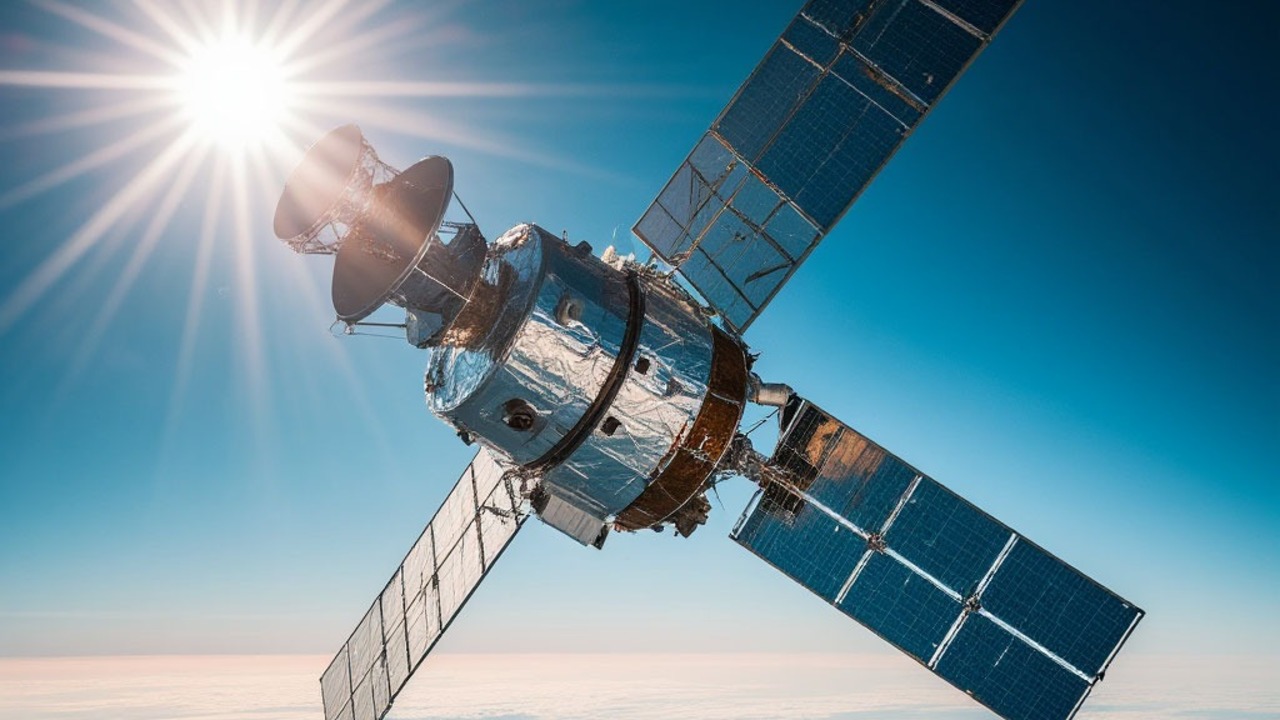Many extreme climate events (such as severe droughts, heat waves, floods, and intense storms) are already affecting Brazil and are expected to intensify in the coming years. This prediction made in the “Climate Change in Brazil” report It is directly linked to global warming.
According to the document, while our country has experienced unprecedented warming in the last 60 years, maximum daily temperatures in some regions have increased by 3°C above the global average. The number of days with heat waves has increased dramatically; It jumped from seven days to 52 days between the early 1990s and the beginning of the current decade.
The study, launched in November, is an excerpt from the latest report of the Intergovernmental Panel on Climate Change (IPCC) for Brazil and other recent scientific studies and is the result of a partnership between the Ministry of Science, Technology and Information, Rede Clima and WWF. -Brazil and Instituto Alana.
Socioeconomic exposure to climate impacts in Brazil
IPCC AR6 published between 2021 and 2022, between 2010 and 2020, Mortality from natural disasters was 15 times higher in vulnerable areas compared to the most durable ones. In 2010, public disasters in Pernambuco and Alagoas killed 20 people, left 30,000 homeless, and caused losses of US$1 billion.
According to this UN agency, extreme weather events caused US$3.8 trillion in losses to the global agricultural sector between 1991 and 2021. In Brazil, drought in the Southern region (2019-2020) caused a loss of R$ 13.4 billion in agriculture. The South and Midwest regions lost $15.3 billion in the 2022-2023 harvest.
Extreme droughts in 2023 affected rivers in the Amazon basin and isolated riparian and indigenous communities. Vulnerable populations, including small farmers and traditional communities, are often the groups most affected by climate change. This was clearly seen between 2014 and 2016, when the population of the southeastern region faced a serious water crisis despite increased rainfall.
Climate change predictions regarding health and economy

According to the IPCC, predictions for 2050 show that if global warming reaches 2 °C, its effects on human health and agriculture will be serious. In this scenario, the flood-affected population in Brazil would increase by 100% to 200%, and vector-borne diseases such as dengue fever and malaria would increase the number of deaths.
For example, the Amazon is expected to lose 50% of its forest cover through a combination of deforestation, drier conditions and increased fires. River flow will decrease, drought will affect many states in Brazil’s north, and fishing stocks could fall by 77%, while jobs in the sector could decrease by 30% to 50%. 94 percent of the land of the northeastern region, which is home to approximately 55 million people, may turn into desert.
Residents of major Brazilian cities such as São Paulo, Rio de Janeiro and Belo Horizonte may face water shortages. Under the plus 2°C scenario, 21.5 million people in urban areas are expected to be affected by both the disruption of the water cycle and the impact on crops in 2050.
Proposed solutions to climate problems in Brazil

To face these challenges, researchers emphasize the need to keep the warming limit in global temperatures at 1.5 °C and review national emissions reduction policies. “Brazil’s targets do not match the extent of emissions reductions for which the country is responsible”, the report states.
The urgent regulations suggested by the study include: zero deforestation in all biomes, implementation of payment programs for environmental services, development of low-carbon agriculture and adoption of integrated agroforestry systems. Other solutions are integrated management of water resources and resilient agricultural systems.
Finally, the report emphasizes international cooperation in climate finance and the development and transfer of clean technologies. When it comes to urban areas, the document proposes nature-based solutions such as increasing green spaces and natural drainage systems, as well as investing in low-carbon public transport.
Follow the latest studies on the impacts of the climate crisis in Brazil and around the world at TecMundo. Until later!
Source: Tec Mundo
I’m Blaine Morgan, an experienced journalist and writer with over 8 years of experience in the tech industry. My expertise lies in writing about technology news and trends, covering everything from cutting-edge gadgets to emerging software developments. I’ve written for several leading publications including Gadget Onus where I am an author.













